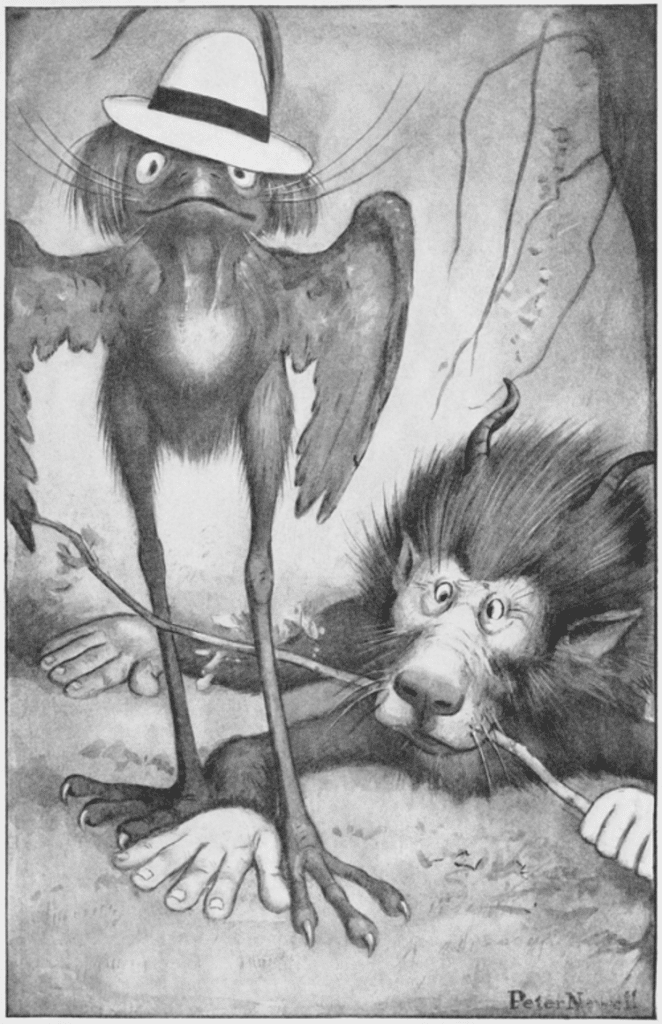Black Mirror was released to rave reviews in 2011, establishing itself as one of the most popular and well-regarded shows of the 2010s. It has helped repopularise the anthology format and has earned an avalanche of awards and nominations, including eight Emmy Awards. Charlie Brooker’s sci-fi series branches into a variety of genres but mostly lives in the dystopian space, fitting with the parameters of speculative fiction. Black Mirror frequently utilizes technology and media to comment on current social issues and has been lauded for its near-Simpsons level of prescience. Just Google China’s Social Credit System, Waldo, or David Cameron and a pig. (Fair warning for that last one).
In 2017, Brooker and executive producer Annabel Jones teamed with Netflix, which now distributes the series, to develop an interactive episode. The project eventually grew into a feature film released in 2018: Black Mirror: Bandersnatch. Set in the 1980s, the film stars Fionn Whitehead as programmer Stefan Butler, who is adapting a fantasy “choose your own adventure” book into a video game titled Bandersnatch. An exploration of free will, the film blends post-modernism, comedy, and horror with a heavy dose of Philip K. Dick to give audiences a unique experience in which they control the direction of the story. With 150 minutes of unique footage and multiple “choice points,” Bandersnatch offers viewers over one trillion paths they can take within the film, mirroring (pun not intended) the game being developed in the story.

Alice aficionados are sure to recognize the nod to Lewis Carroll in the title. The reference is actually twofold. The film took its title from Bandersnatch, a video game developed by Imagine Software that was in turn inspired by Lewis Carroll’s creation. The game, however, was never released due to the company’s bankruptcy in 1984. But what is a bandersnatch? And how does a creature created over 150 years ago for a fantasy novel and a nonsense poem relate to Brooker and Jones’ sci-fi psychological thriller?
Lewis Carroll’s bandersnatch is a monster that appears in his 1871 sequel to Alice’s Adventures in Wonderland, Through the Looking-Glass, as well as his 1874 poem, The Hunting of the Snark. The beast is described as having a long neck, snapping jaws, ferocious, and extremely fast. In Peter Newell’s 1902 illustration, one of the earliest depictions of the beast, the bandersnatch appears in cartoonish fashion with the body and head of a lion and pointed ears, horns, a dog’s nose, and human hands. Its home is in the world behind the looking-glass, and in The Hunting of the Snark, it is encountered after the hunters cross an ocean.

The overzealous Banker is the first unfortunate soul to cross the bandersnatch when he leaves his party (mistake number one). Carroll writes, “But while he was seeking with thimbles and care/A Bandersnatch swiftly drew nigh/And grabbed at the Banker, who shrieked in despair/For he knew it was useless to fly.” The Banker tried to bribe the beast (mistake number two) but the bandersnatch had no use for the Queen’s currency. He “... merely extended its neck/And grabbed at the Banker again.” The monster continued his assault: “Without rest or pause — while those frumious jaws/Went savagely snapping around —/He (the Banker) skipped and he hopped, and he floundered and flopped/Till fainting he fell to the ground.” The Banker was saved from a painful and ignominious end when the rest of his party caught up, their numbers causing the bandersnatch to flee.
As with all of Lewis Carroll’s creations, the bandersnatch has had a substantial reach in pop culture, inspiring artists, and undergoing numerous reinventions over the past century and a half. In Anna Matlock Richards’ A New Alice in the Old Wonderland, written less than 25 years after the beast’s first appearance, the bandersnatch is given extremely long legs and the ability to fly. Fantasy and sci-fi author Roger Zelazny describes his hissing bandersnatch as walking side-to-side and leaving a trail of steaming saliva. Tim Burton’s Alice in Wonderland reimagines the monster as a large white beast with elements of a bulldog, snow leopard, and bear with rows of razor-sharp teeth. The Shadowrun tabletop role-playing games gave the bandersnatch the ability to mask both its appearance and body heat. It seems that the bandersnatch has popped up in as many different iterations as Alice herself.

But what does this have to do with Black Mirror: Bandersnatch? A clue may be found in the musings of Colin Ritman (Will Poulter), a successful game designer employed by the company that agrees to fund Stefan’s game. In a conversation with Stefan, Colin opines about the darker meaning of Pac-Man: “He (Pac-Man) thinks he's got free will, but really he's trapped in a maze, in a system. All he can do is consume, he's pursued by demons that are probably just in his own head and even if he does manage to escape by slipping out one side of the maze, what happens? He comes right back in the other side. People think it's a happy game. It's not a happy game, it's a fucking nightmare world…”

The theme of a dream turning into a nightmare dominates Stefan’s arc in the film. His passion project, the story that connects him to his dead mother, turns into a real-life nightmare during the development process, driving him to insanity and violence. The bandersnatch, in all of its iterations, is depicted as a beast of incredible ferocity. Its frumious jaws promise destruction with every snap. Its blazing speed and considerable strength make for a formidable adversary. It’s a representation of danger and pain. The term Wonderland is often used to describe something fantastical, amazing, astonishing - a dream. The bandersnatch makes a wonderland a nightmare.
Black Mirror: Bandersnatch uses the iconography and qualities of Lewis Carroll’s bandersnatch to represent the danger of obsession. Like how Pac-Man is all-consuming and driven by demons, obsession breeds darkness in its host, manifesting in violence and pain. The bandersnatch is the physical manifestation. It is ferocious and merciless, savagely snapping around and devouring its prey. Over the years, many have reimagined Carroll’s Wonderland as a nightmarish realm, an assault on sanity. The same thing is happening in Bandersnatch, where passion and potential are twisted into a ferocious beast bent on destroying all in its path.

An itinerant storyteller, John Drain attended the University of Edinburgh before studying film at DePaul University in Chicago and later earned an MFA in Screenwriting from the American Film Institute Conservatory. John focuses on writing mysteries and thrillers featuring characters who are thrown into the deep end of the pool and struggle to just keep their heads above water. His work has been recognized by the Academy Nicholls Fellowship, the Austin Film Festival, ScreenCraft, Cinestory, and the Montreal Independent Film Festival. In a previous life, John created and produced theme park attractions across the globe for a wide variety of audiences. John keeps busy in his spare time with three Dungeons and Dragons campaigns and a seemingly never-ending stack of medieval history books.